Gardens For Life - Second update from APS VIC
This is the second newsletter from our colleagues in Victoria, sharing about the Biennial Confrence, coming up in September 2024.
We are very excited about The Australian Native Plants Society (Australia) Biennial Conference, which will take place September 30th to October 4th 2024. The five-day conference has a broad theme of “Gardens for life” and will cover such topics as gardens for wildlife, conservation of rare species through cultivation, gardens for beauty, for our cities and for our health. There will be two days of excursions and three days of excellent presentations and workshops.
Our committee is narrowing down a fine list of speakers and presenters and we have decided on three five-day bus tours – Wilson’s Promontory and Gippsland, the Otway Coast and South West Victoria and the Grampians (Gariwerd) and The Little Desert. These will be exceptional wildflower tours with expert guides.
The focus of this newsletter is to sample some of the destinations for conference excursions. Please share this newsletter with your friends, group or whoever you think may be interested. Formal bookings for the Conference and Tours are expected to open in early 2024.
Chris Clarke, Coordinator ANPSA 2024 Biennial Conference, Melbourne. Contact Details Email: anpsa@apsvic.org.au
Venue
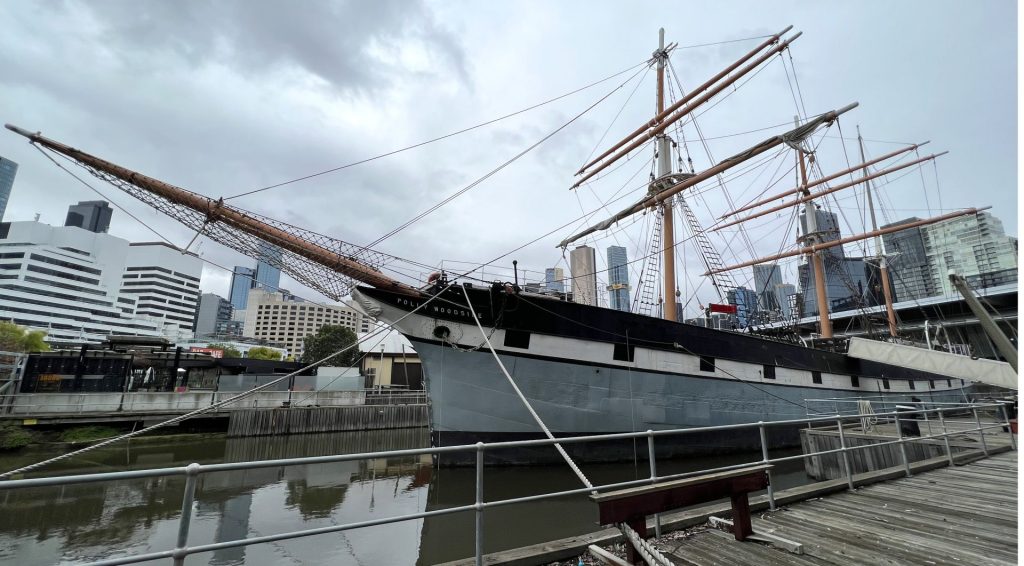
The Conference venue is The Round in Nunawading, Melbourne. The Round is a Performing Arts and Cultural Centre at 379 – 399 Whitehorse Rd, Nunawading Victoria 3131. Nunawading is a suburb of Melbourne, 18km east of the Melbourne CBD.
The new website for the ANPSA 2024 Biennial Conference is now up and running. Keep checking it as more information is being added Here
Conference Day Excursions
One of the best things about our biennial conferences are the bus trips to see both wild places and gardens featuring native and indigenous flora. Lunch and morning tea and any entry fees are part of the conference package and we provide guides along the way.
For the Tuesday and Thursday of the conference you will choose two of a selection of full day excursions going to amazing gardens and wildflower destinations. We are looking at running up to six excursions but your interest will determine which ones go ahead or are offered on both days. Bookings will open in 2024 with your conference booking.
The plan so far are these options: Australian Botanic Garden Cranbourne and Langwarrin Flora and Fauna Reserve.
A guided tour of the garden and nursery from “The Friends” and Cranbourne staff will show us the Raising Rarity program and the Langwarrin Flora and Fauna Reserve has stunning orchids and peas in Spring.
See page 7 for more information on the Langwarrin Flora and Fauna Reserve.
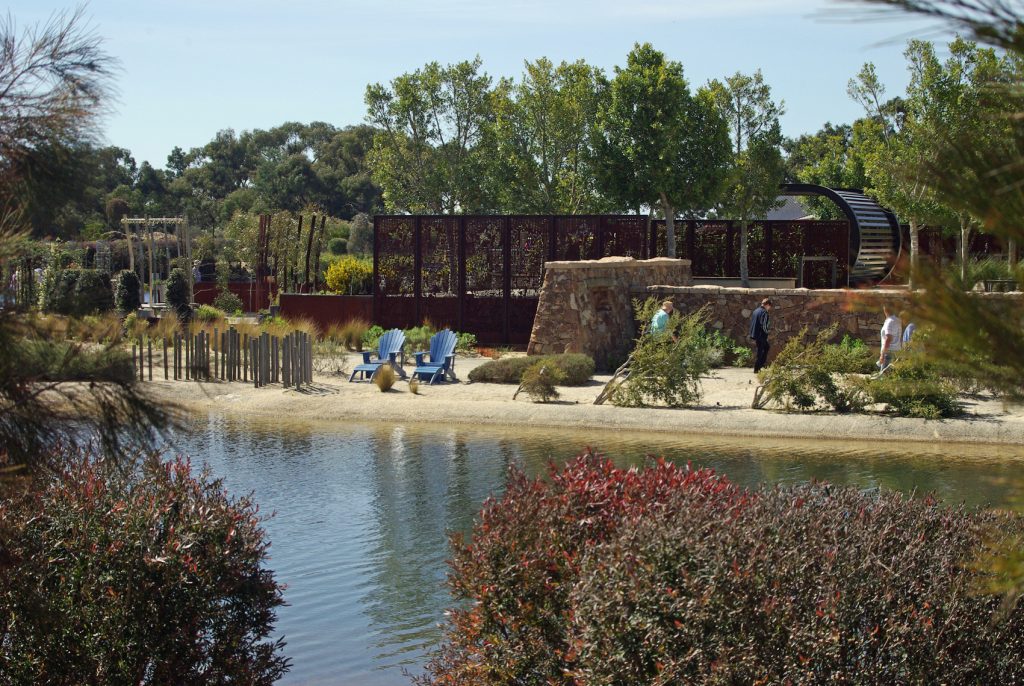
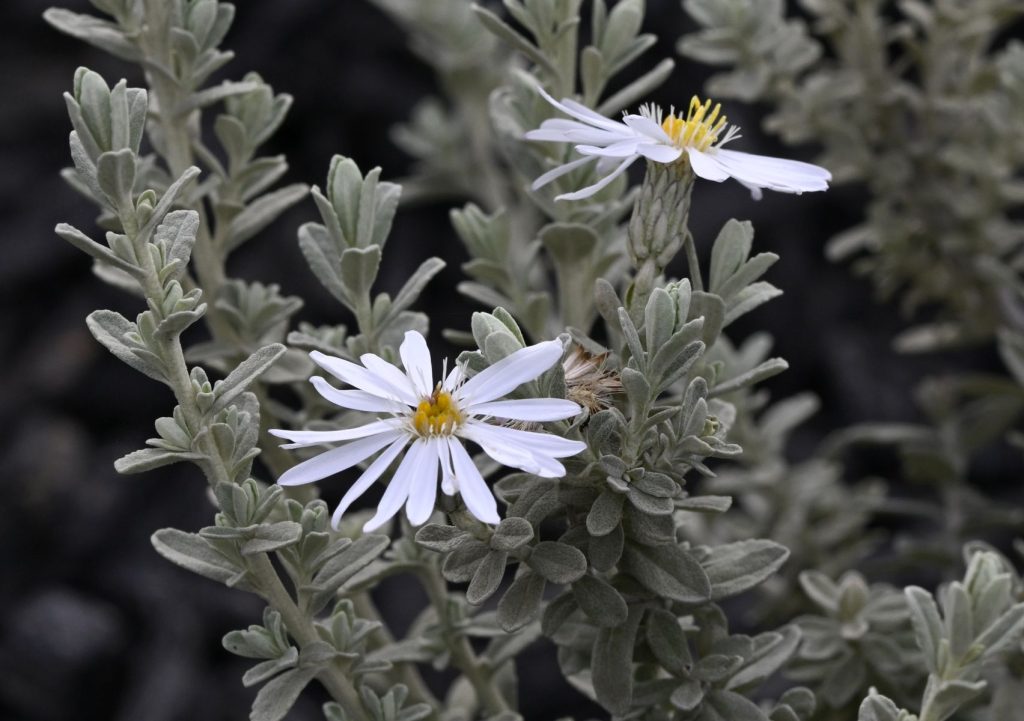
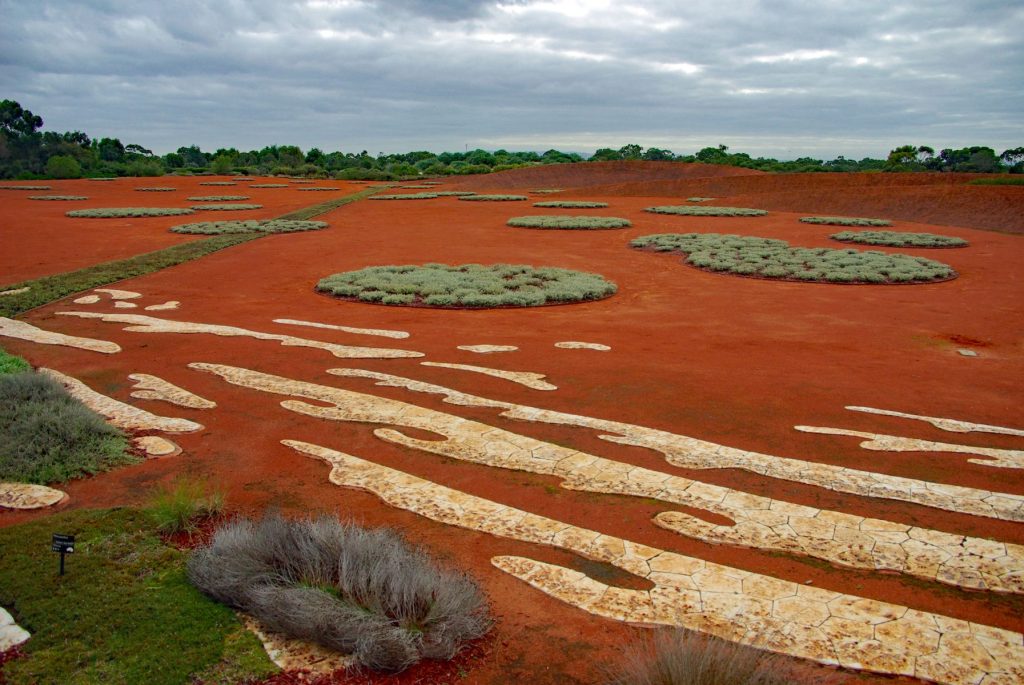
Melton Botanic Garden and the Brisbane Ranges National Park.
The Melton Botanic Garden is superb and run by volunteers. The Brisbane Ranges to the west of Melbourne are a top wildflower destination having over 430 species of plants with lots of daisies and orchids.
See page 5 for more information on the Melton Botanic Garden.
Anglesea heathland.
A world class wildflower area that is home to a quarter of Victoria’s flora and over 100 species of orchids. The tour will be accompanied by a guide to find the most interesting flora.
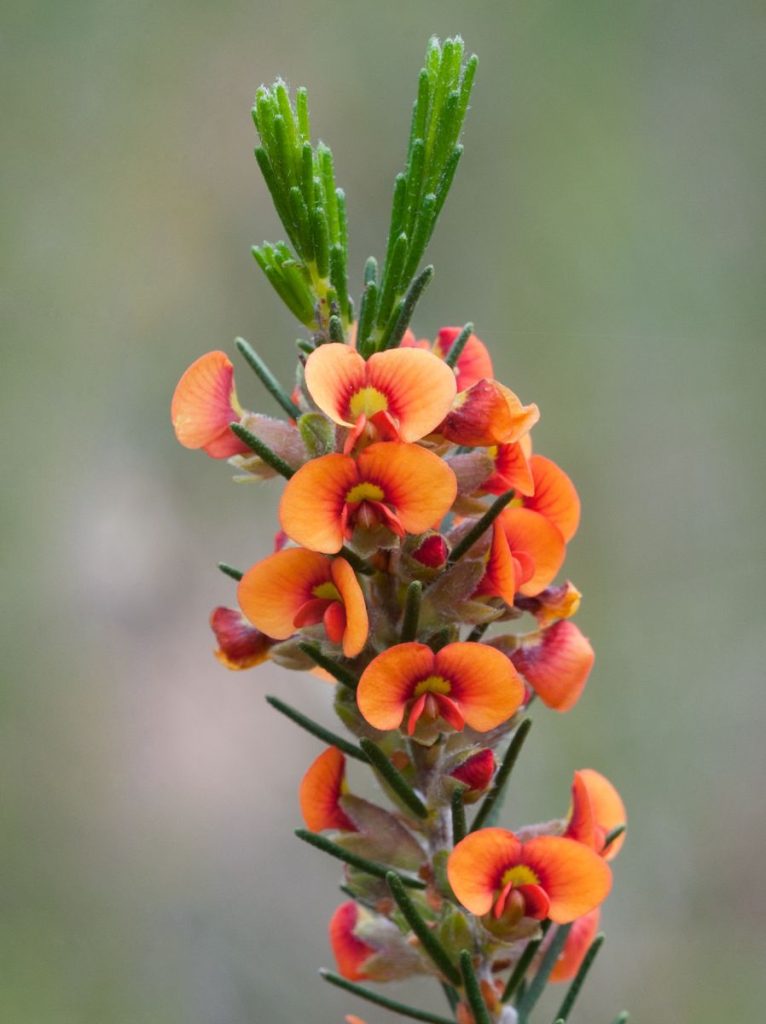
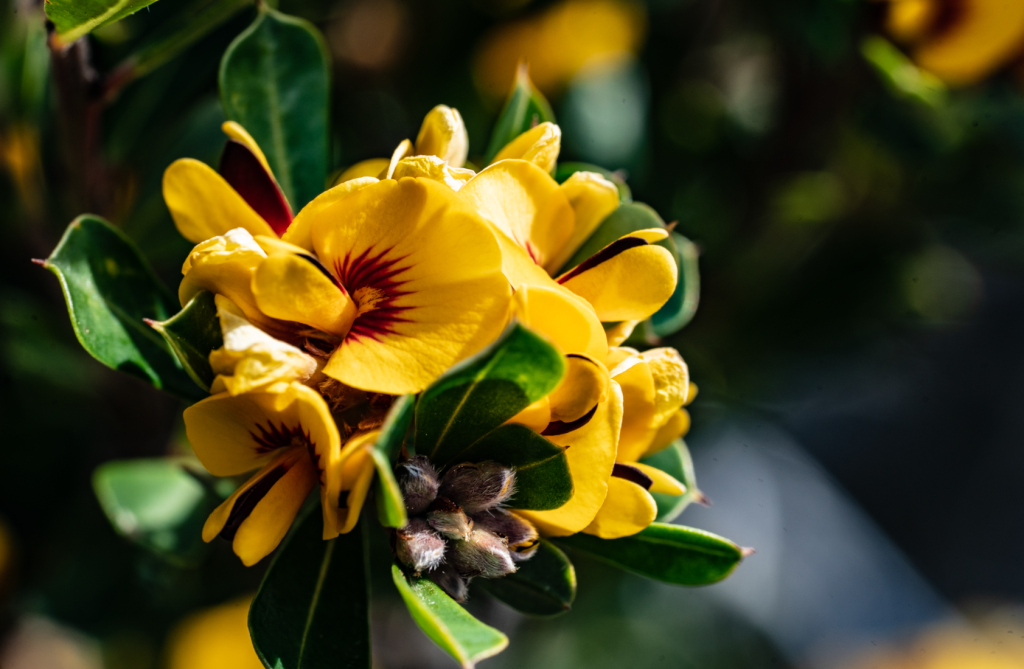
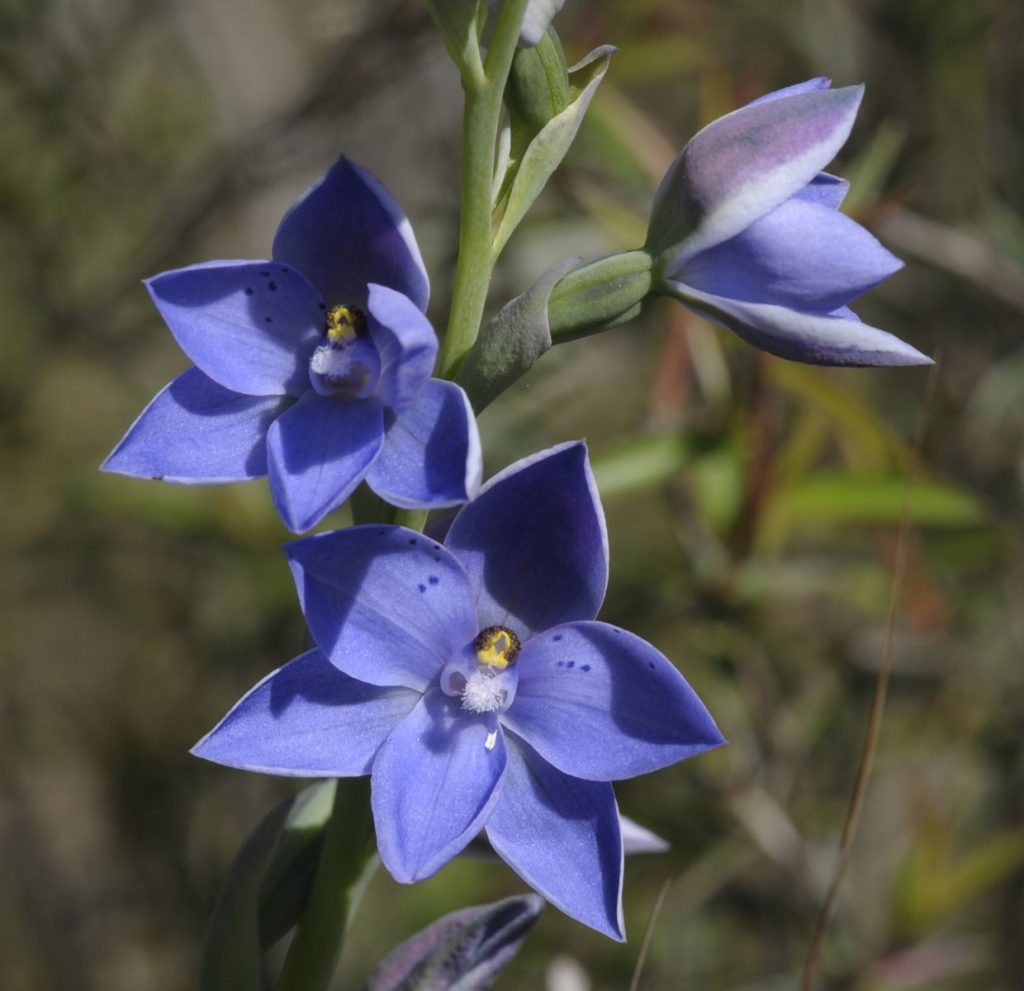
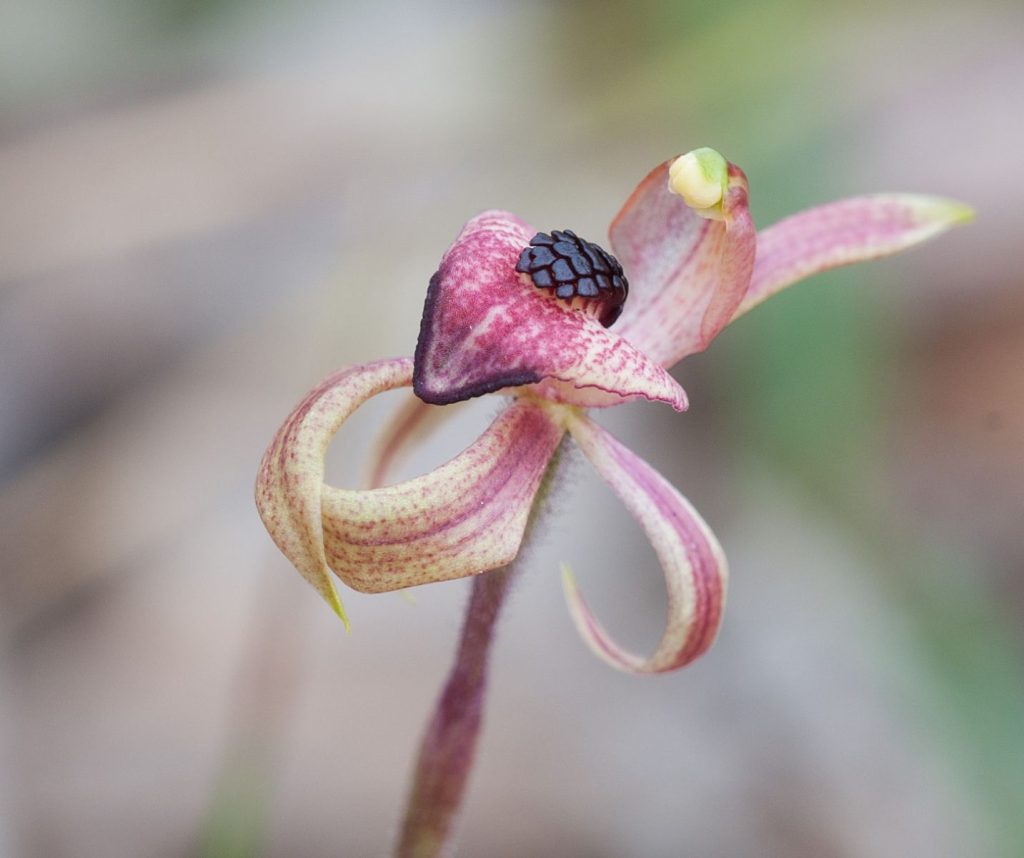
More detail and photos of this amazing new garden in future newsletters. Here is a link to check out the gardens development https://peopleandparks.org/ project/chelsea-best-in-show-garden/
Australian Gardens for Wildlife.
A range of our very best private native gardens to showcase how you too can create a beautiful and biodiverse native garden.
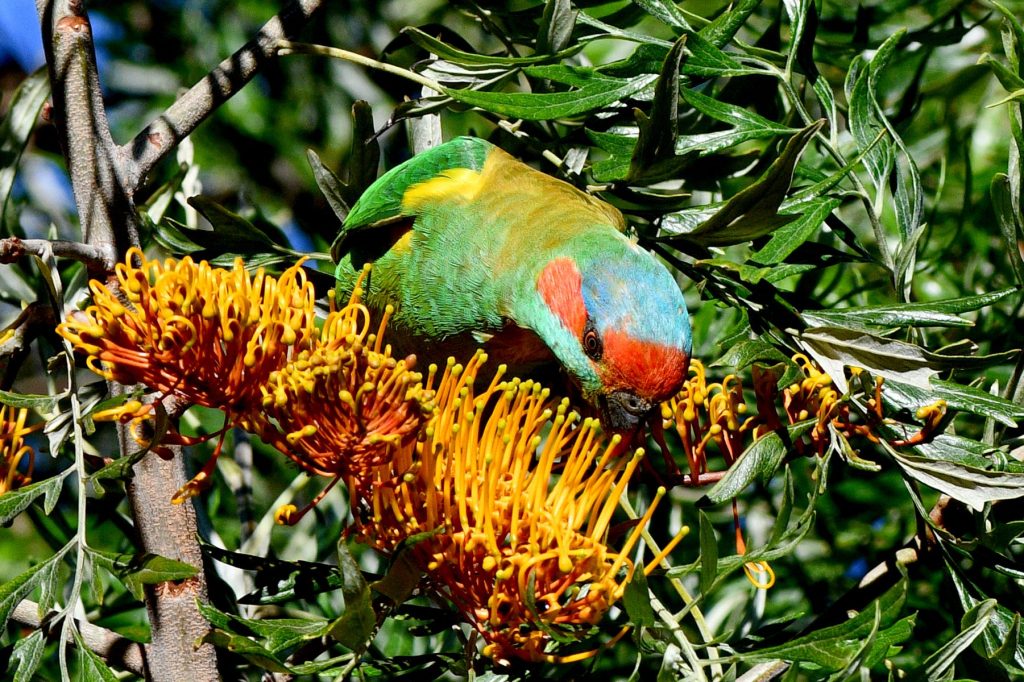
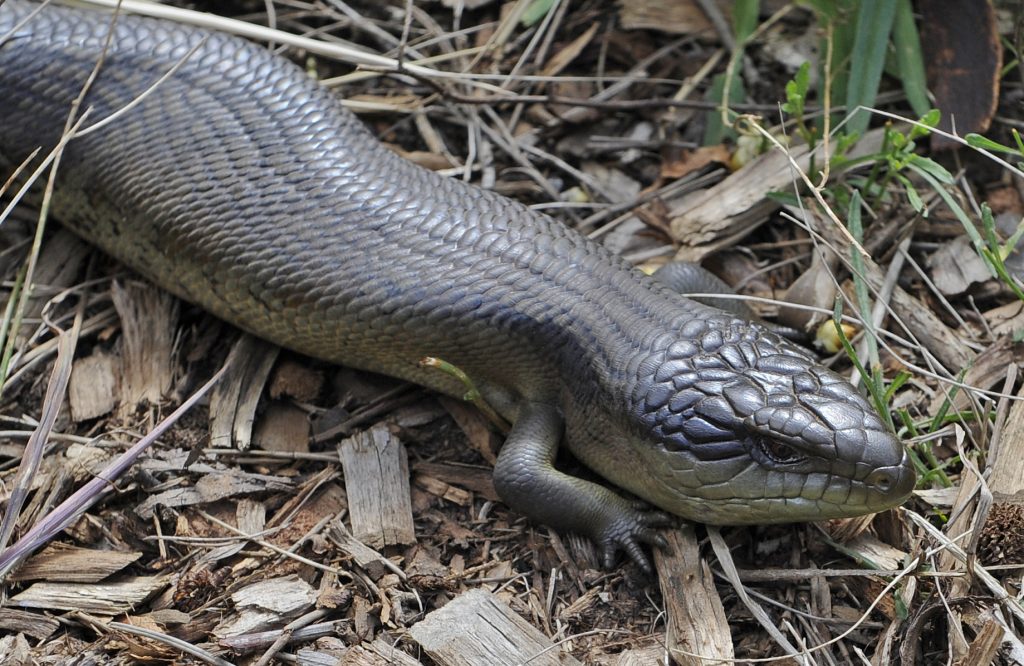
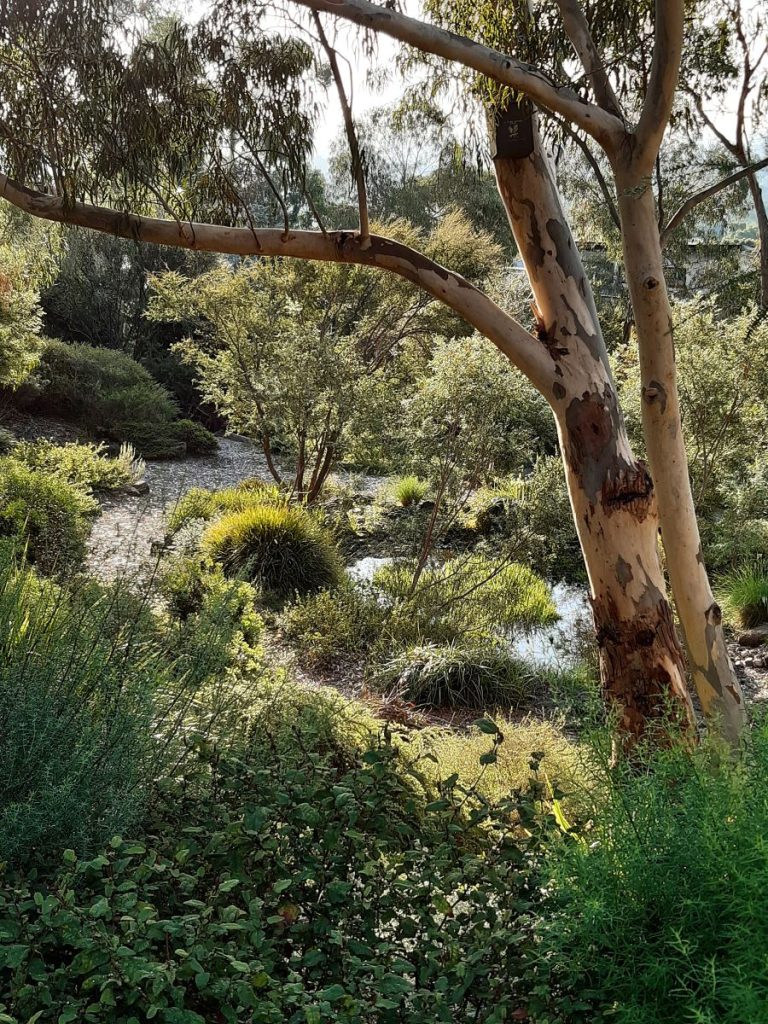
Australian Gardens for Wildlife.
Royal Melbourne Botanic Gardens and public parks.
Rare Victorian plants and rainforest plants will feature as part of a guided tour of the Royal Melbourne Botanic Gardens. Then on to public parks such as Royal Park that have created indigenous gardens and grasslands to restore habitat and showcase Australian plants.
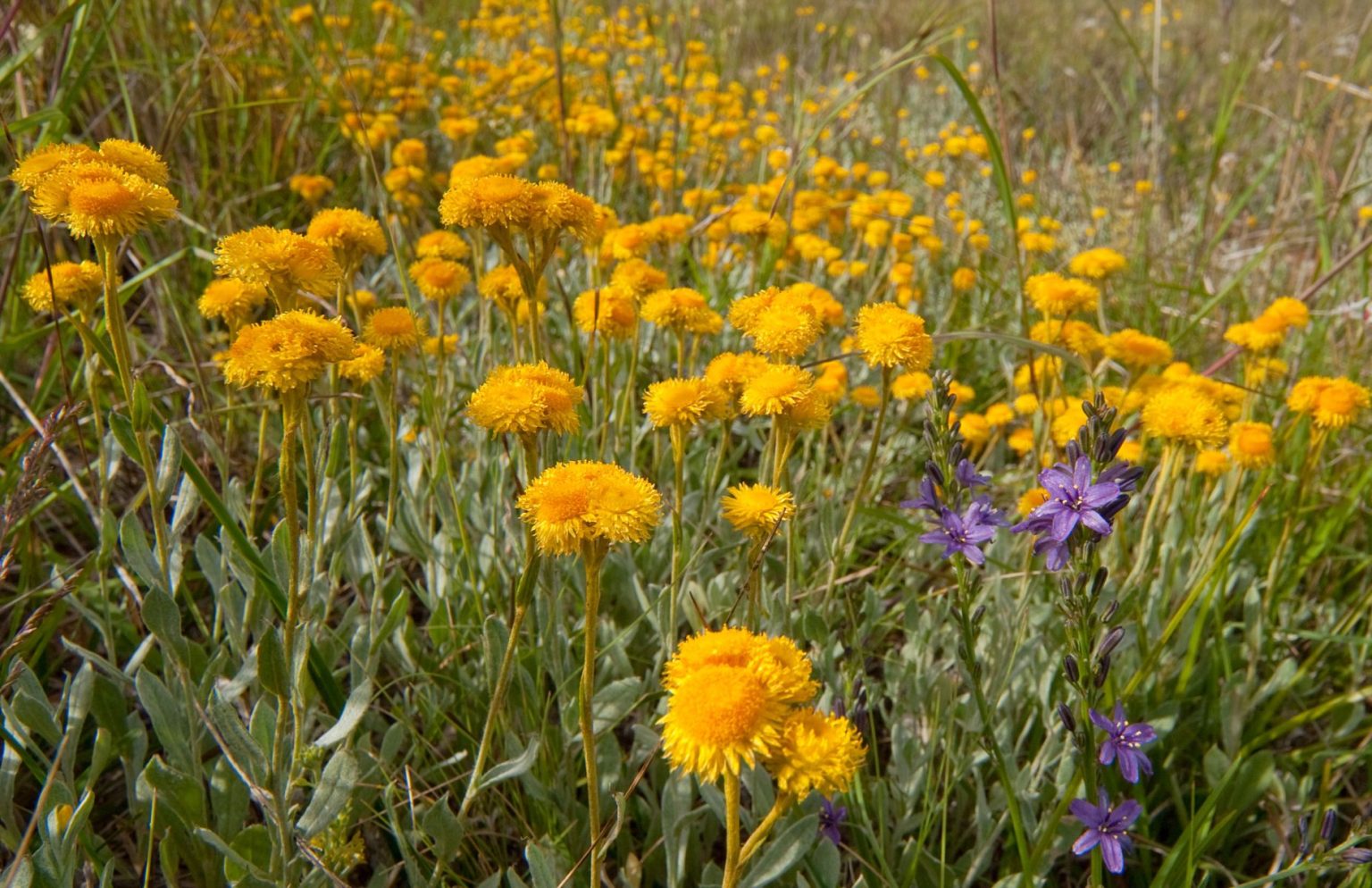
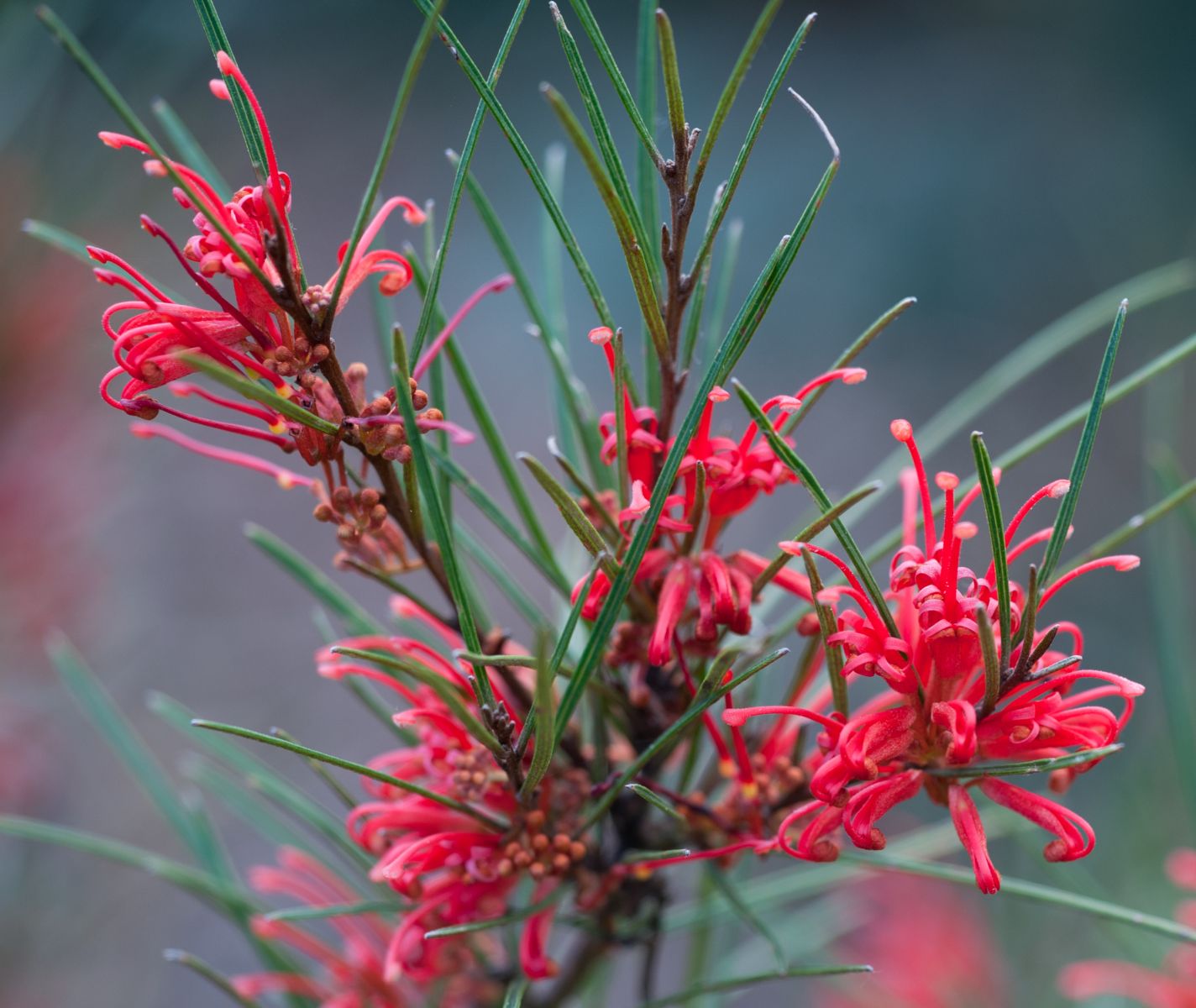
Melton Botanic Garden
Text and Photos: David and Barbara Pye
As part of our day excursions program we also plan to visit Melton Botanic Garden and then the Brisbane Ranges for a wildflower trip. David and Barbara Pye from APS Melton Bacchus Marsh group have put in vast numbers of hours as volunteers – planning, sourcing and growing native plants suitable for the dry conditions in Melbourne’s west. Here David and Barbara describe the garden.
With construction commencing in 2011, this young garden occupies 24 hectares, and follows a watercourse, Ryans Creek, to a lake. There are a number of old and magnificent River Red Gums along this creek and elsewhere in the garden is an even older Yellow Box and a swarm of its offspring. There are also a number of trees planted around 40 years ago, with most being Eucalypts. They provide shade to the concrete path that follows the course of Ryans Creek from the north end to the lake at the southern end, and continues as a loop around the lake.
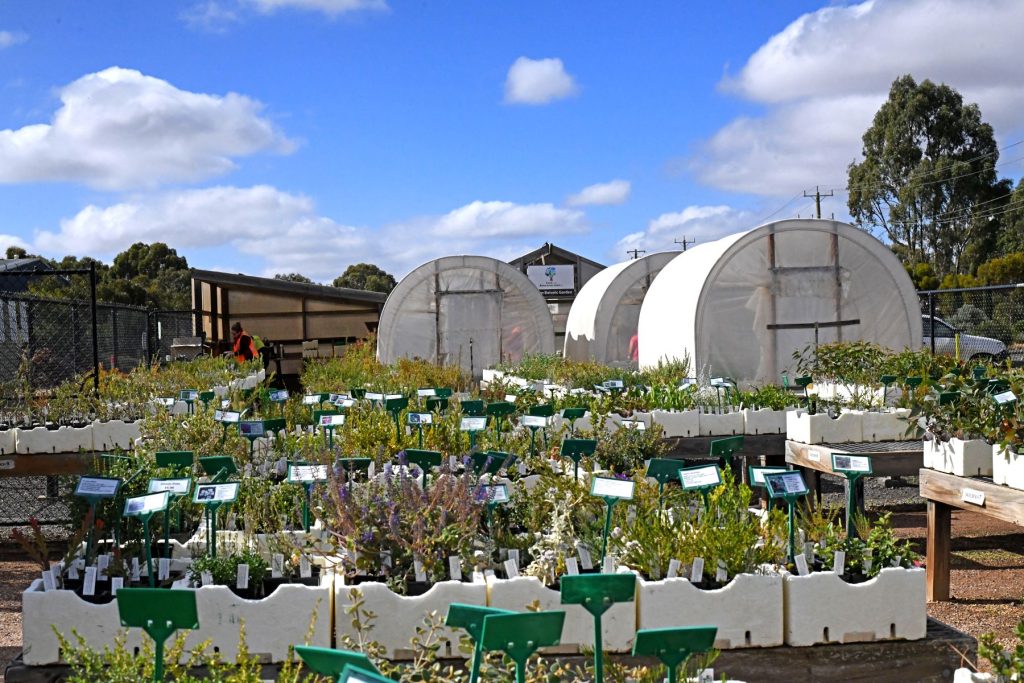
Langwarrin Flora and Fauna Reserve (LFFR)
This is one of the destinations for our planned day excursions on the Tuesday and Thursday of the conference on the way to the Australian Garden at Cranbourne.
I was first shown around Langwarrin by the wonderful Leon Costermans (author Trees and Shrubs of Victoria) about 20 years ago. Leon has been instrumental in saving and restoring this 214-hectare heathy woodland treasure that sits right in amongst Melbourne’s south east suburbs. Track closures, clearing days by the friend’s group and specific burning practices are used to conserve rare orchids and control weeds such as Acacia longifolia.
The reserve and surrounding lands were originally occupied by the Bunurong people who travelled across the peninsula in search of seasonally available foods. It was first established as the Langwarrin Military reserve in 1886 and during World War 1 German prisoners of war were detained at the reserve and a hospital was set up for the treatment of soldiers returning from France and Egypt. Luckily most of the natural vegetation remains!
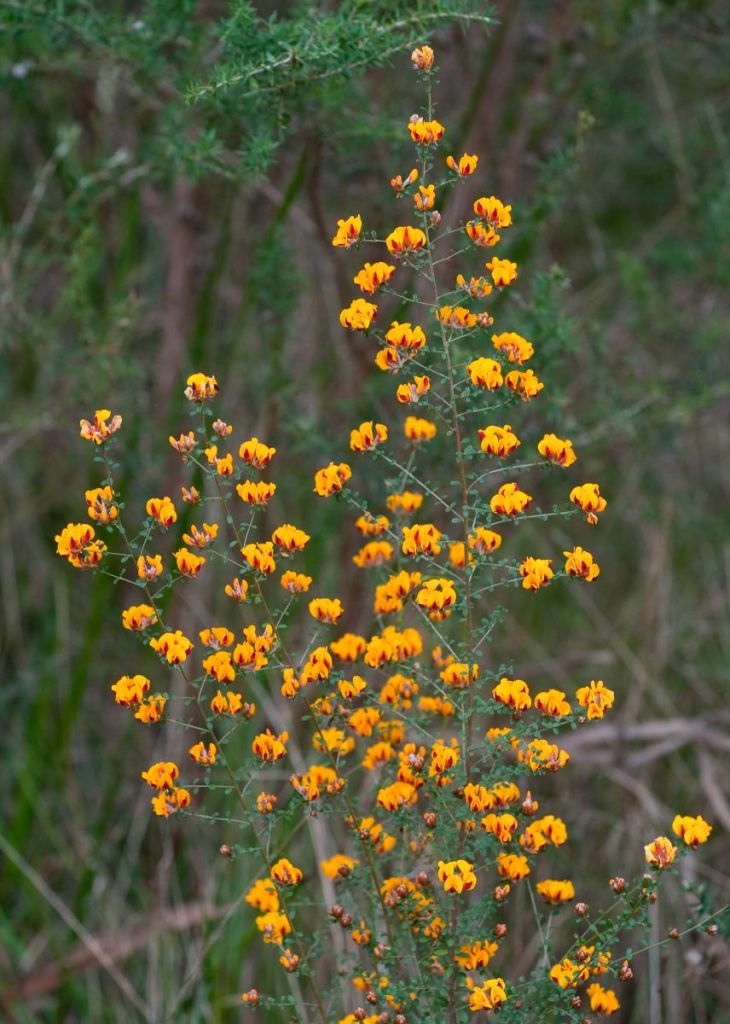
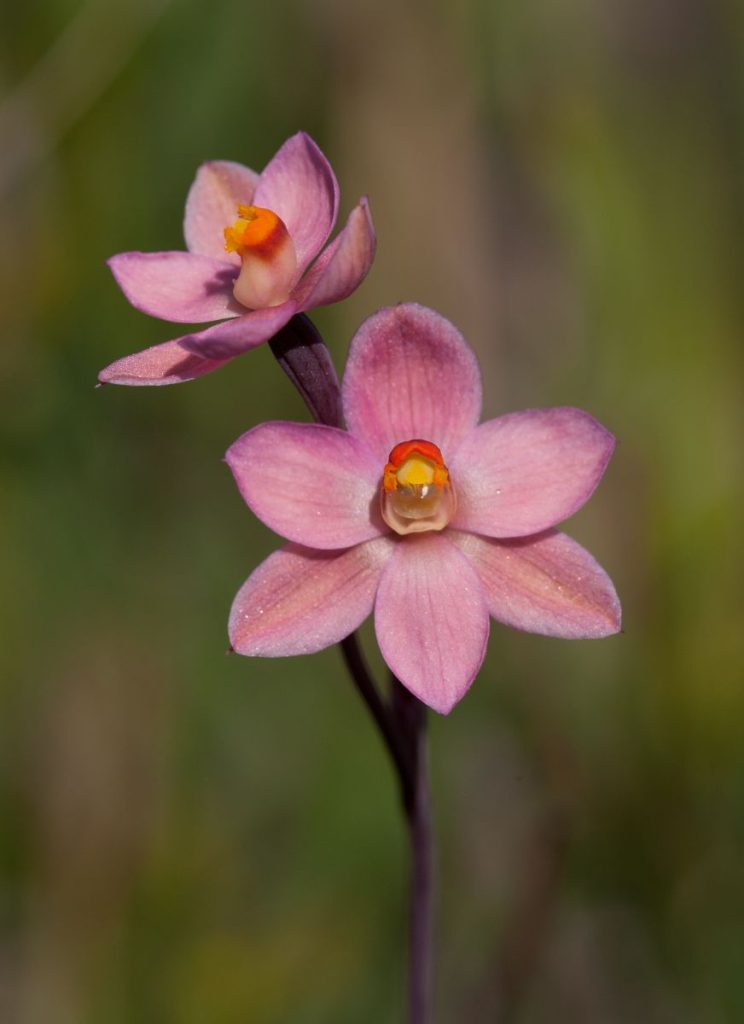
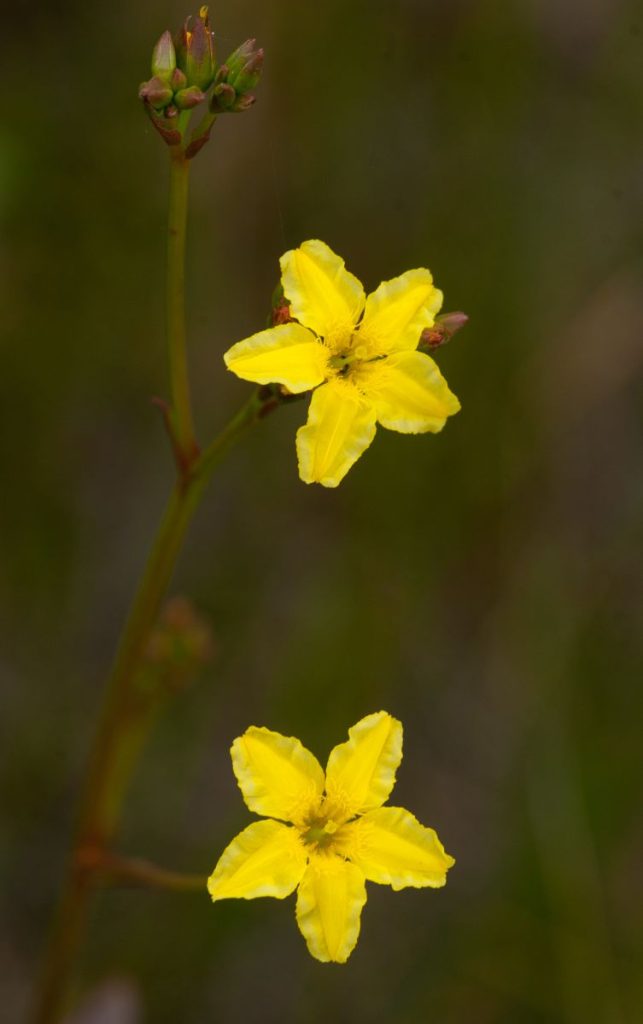
The reserve is of state significance, with 300 indigenous flora species recorded, equating to 45 percent of the species indigenous to the Mornington Peninsula. Plant communities such as the Silverleaf Stringybark open woodland have nearly all been cleared from surrounding areas.The reserve provides important habitat for native fauna, particularly small mammals, including the Echidna, Agile Antechinus and Swamp Wallaby. A total of 98 bird species, including the rare Southern Emu-wren, Glossy Black-cockatoo and Powerful Owl have been recorded here, making it an excellent reserve for birdwatching. Some of the twelve species of Thelymitra (Sun orchids) should be flowering at the time of our conference excursion. We will be creating a flora list prior to the conference to ID interesting species for you.
References – Parks Victoria, Frankston City Council
Karwarra Australian Native Botanic Garden.
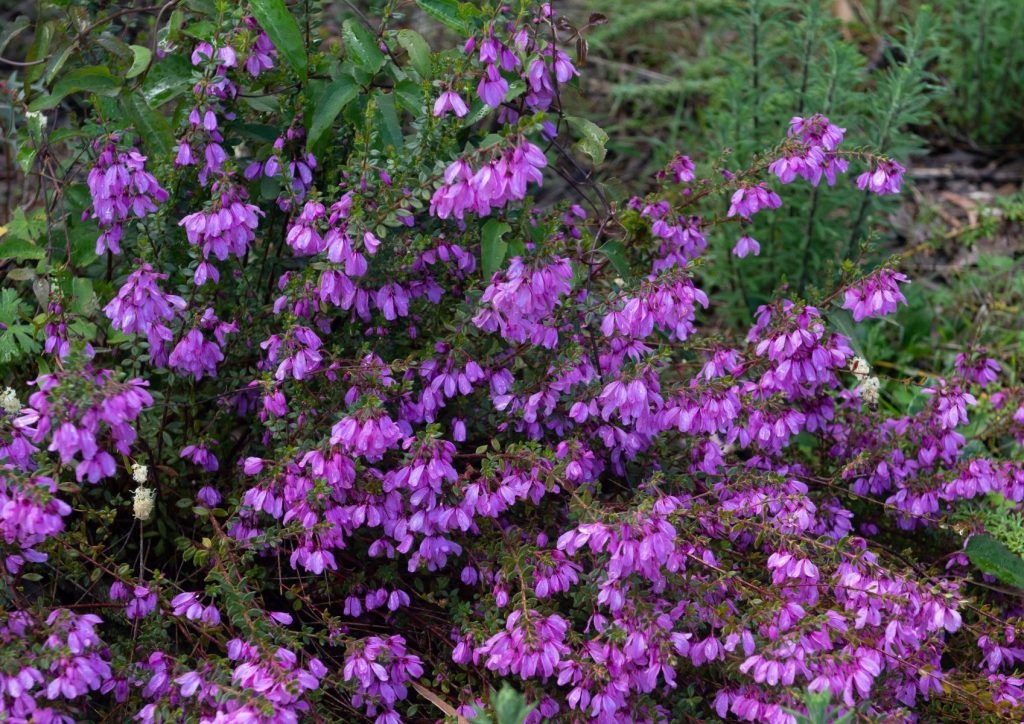
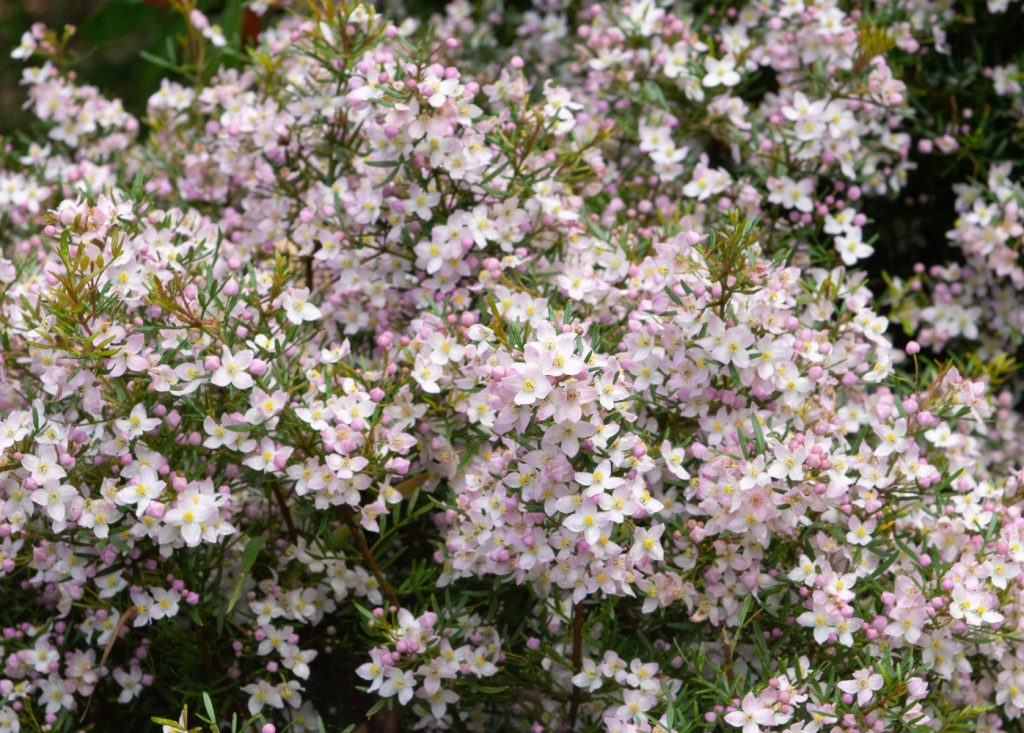
Profiles of Committee Members for the ANPSA Conference 2024
Chris Clarke
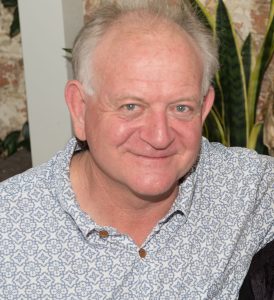
Chris Clarke is the co-ordinator of the Committee running the conference. He is the past president of APS Victoria and Vice President of our national association ANPSA.
Chris has been passionate about growing our flora for over 50 years after growing up in the bush in East Ringwood. He studied Botany at Latrobe and Horticulture at Burnley but was bored by both. He took up representing members as a union official in education and the public sector for the last 35 years.
A member of APS Keilor Plains, Chris leads trips to wildflower hot spots and loves meeting people, photography and iNaturalist.
Nicky Zanen
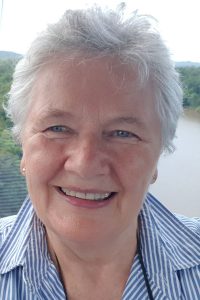
Nicky has been a member of the SGAP / Australian Plants Society for close on 40 years and has been to almost all the biennial conferences since her introduction to the ASGAP 1995 Conference which was held in Ballarat and ASGAP 2009 held in Geelong when she was involved on the organizing committees.
Nicky is a keen traveller and loves exploring all the corners of Australia, has a wide interest in natural history and bird watching, and loves catching up with all the terrific people associated with the different native plant societies.
